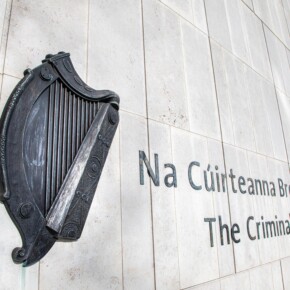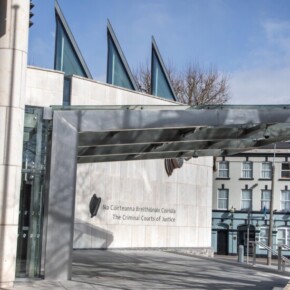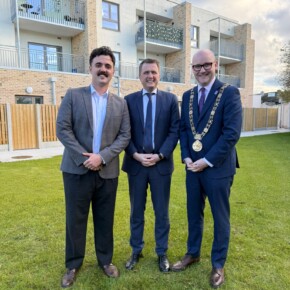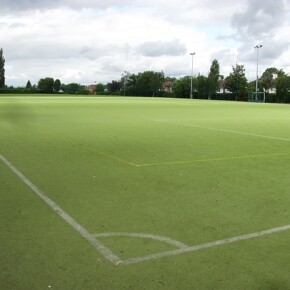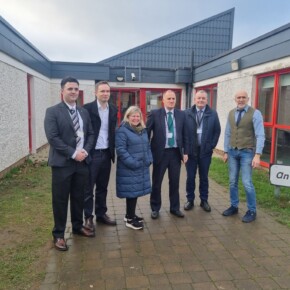Remembering the Inchicore Rifles
Dublin People 22 Jan 2016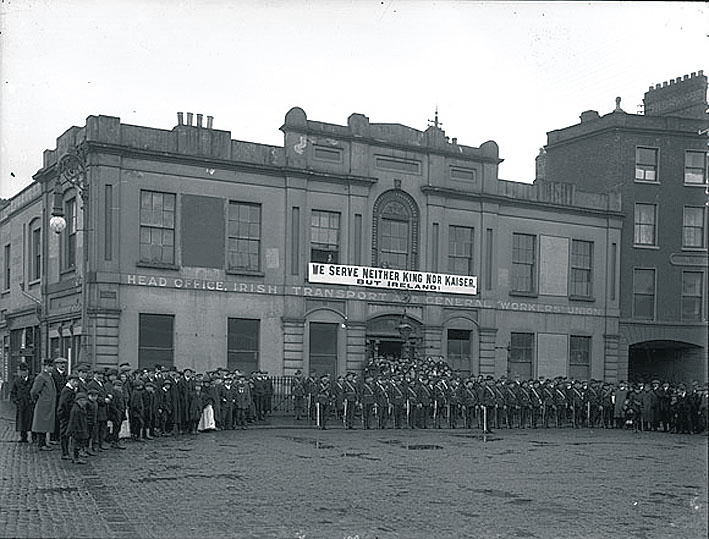
IN the run up to the 1916 Rising the Irish Citizen Army secured guns and ammunition from a well-placed source in Inchicore.
The story begins in 1912, when James Larkin purchased No.122 Emmet Road, Inchicore. Soon renamed Emmet Hall, the building acted as headquarters for the local branch of the ITGWU.
In 1913, Cllr William Partridge, a socialist republican and leading trade unionist who had extensive contacts among the workers in Inchicore, was appointed general manager at the hall.
Partridge immediately set about the task of raising the profile and increasing the membership of the new union.
When the Irish Citizen Army was established during the 1913 Lockout, Partridge was elected Vice President of the organisation.
A strong section of the Citizen Army was established locally. Known as the ‘Inchicore-Crumlin No. 3 Section’, the unit had its headquarters at Emmet Hall.
Partridge was later appointed National Organiser of the ITGWU. With that work taking him away from Inchicore, Michael Mallin, James Connolly’s Chief of Staff of Citizen Army, was appointed to replace him. Mallin and his family now moved into the living quarters above Emmet Hall.
At first glance, the location of Emmet Hall, situated beside Richmond Barracks, does not seem to be the ideal location for revolutionary activity.
In fact the hall was so close to Richmond Barracks, that only a high wall separated them.
Mallin however, was a highly effective revolutionary and wasn’t put off. He had soon turned the location of the hall to his advantage, particularly for acquiring arms for the Irish Citizen Army.
At this time, many Irish men had joined the British Army to attain a wage and secure employment. These soldiers had no loyalty to the ‘King or the empire. Contact was made with one such solider based at the barracks who was supportive of the Citizen Army.
This man agreed to acquire rifles and ammunition from within the barracks and supply them to Mallin.
Through this contact, Mallin soon established a steady stream of weapons and ammunition destined for revolutionary purposes from deep within the stocks of the enemy.
Importantly, this arrangement gave the Citizen Army access to modern weapons that would be of great use in the coming fight for an Irish Republic.
In his account to the Bureau of Military History, Frank Robbins a sergeant in the Citizen Army, spoke about his involvement in the supply line from Inchicore, “On one occasion, in Winter 1915, it fell to my lot to be detailed to visit Inchicore at 9pm, the instruction being to get there sharp on time, neither before or after the hour given. My journey to Inchicore was accomplished on a bicycle”.
Robbins later continues, “Arriving there on time, a Lee Enfield rifle was immediately strapped on my bicycle and I set off again to the city in less than a minute from the time I had entered the premises at Inchicore. Other members of the Irish Citizen Army made similar visits of this kind from time to time, but eventually the source dried up.”
As Robbins points out, at some point before the Rising this source dried up. This was possibly because the British, becoming more aware and concerned at the increasing militancy of Irish republicans, tightened security.
But by then it was too late. Mallin’s supply line had been a lucrative one for the Irish Citizen Army and ensured a modern supply of arms were on hand whenever they were needed.
It is widely believed that many of Mallin’s ‘Inchicore Rifles’ were later used during the 1916 Rising.


